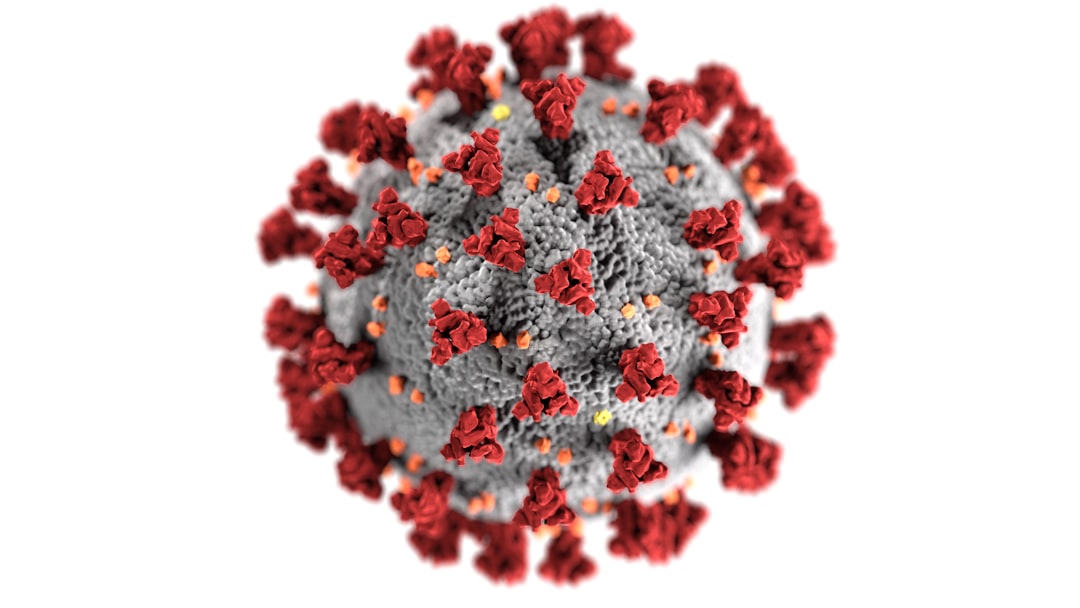What is it about?
Insulin resistance is characterized as a pathogenic factor in type 2 diabetes. Despite skeletal muscle being primarily responsible for systemic glucose disposal, the mechanisms underlying the induction of insulin resistance in skeletal muscle have not been fully elucidated. A number of studies have shown that it is characterized by the inhibition of the phosphatidylinositol (PI) 3-kinase signaling pathway. Here, we show that skeletal muscle- and kidney-enriched inositol polyphosphate phosphatase (SKIP), a phosphatidylinositol-3,4,5-trisphosphate (PIP3) phosphatase, and glucose-regulated protein 78 (GRP78) are implicated in the inhibition of insulin-dependent PI 3-kinase signaling in skeletal muscle. Mechanistically, under resting conditions, SKIP forms a complex with GRP78 at the endoplasmic reticulum (ER). Insulin stimulation facilitates the dissociation of SKIP from GRP78. GRP78 is necessary for membrane localization of SKIP, which facilitates inactivation of the insulin signaling pathway. These findings underscore the specific and prominent role of SKIP and GRP78 in the regulation of insulin-dependent PI 3-kinase signaling in skeletal muscle.
Featured Image
Why is it important?
Our findings show that ER chaperone GRP78 directly regulates insulin signaling through the spatiotemporal regulation of PIP3 phosphatase SKIP. Therefore, SKIP and GRP78 are the key regulator of insulin signaling in skeletal muscle.
Perspectives
Taken together with our recent findings that are referred in "SKIP links ER stress and insulin resistance in skeletal muscle (Ijuin et al. Mol. Cell. Biol. 2016)" and "SKIP directly binds to GRP78 and determines its localization (Ijuin et al. Genes cells 2016)", SKIP might be a novel molecular target for an intervention from Type 2 diabetes.
Dr Takeshi Ijuin
Kobe Daigaku
Read the Original
This page is a summary of: Regulation of insulin signaling in skeletal muscle by PIP3 phosphatase, SKIP, and endoplasmic reticulum molecular chaperone glucose-regulated protein 78, Biochimica et Biophysica Acta (BBA) - Molecular Cell Research, December 2015, Elsevier,
DOI: 10.1016/j.bbamcr.2015.09.009.
You can read the full text:
Contributors
The following have contributed to this page










